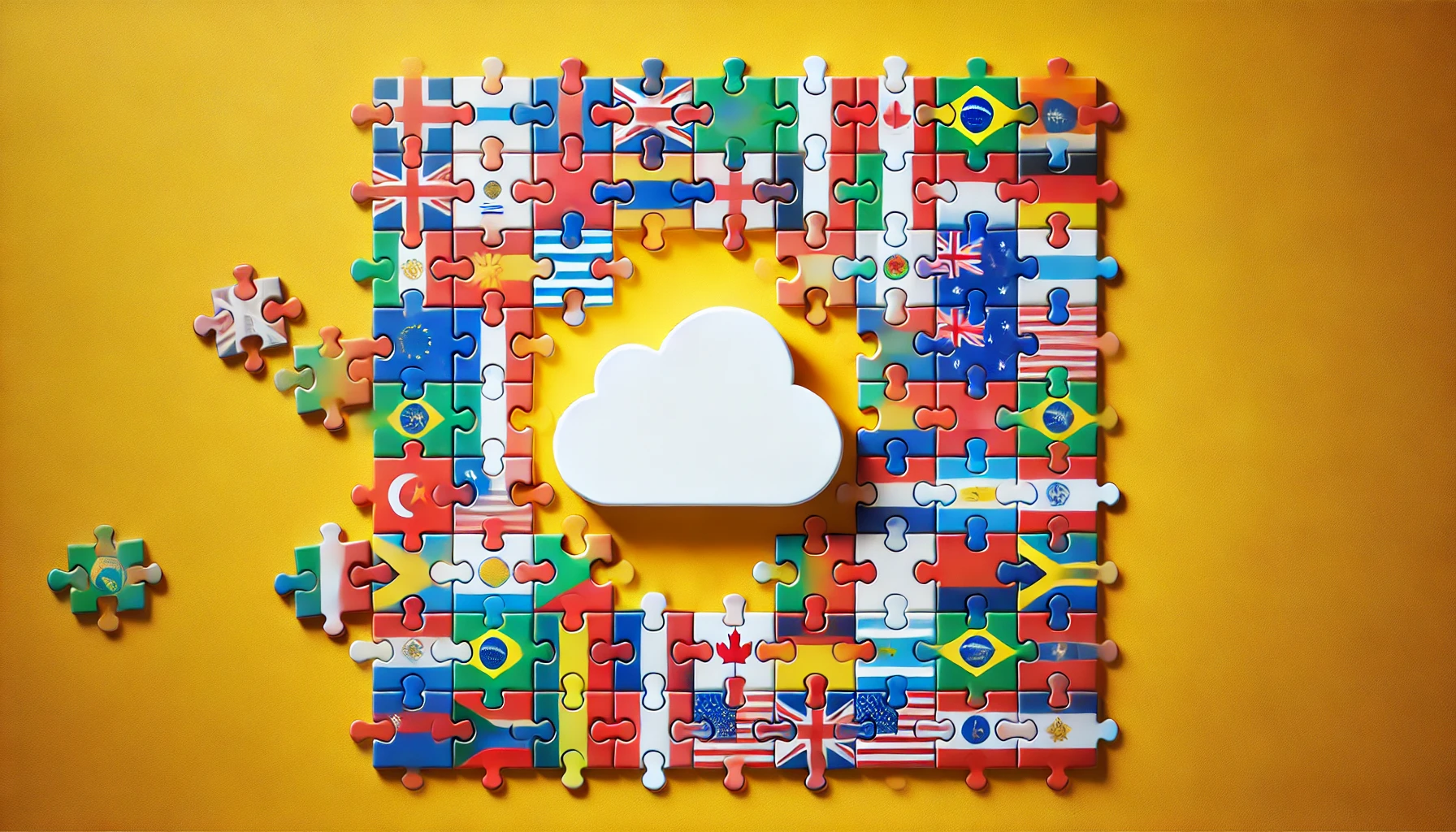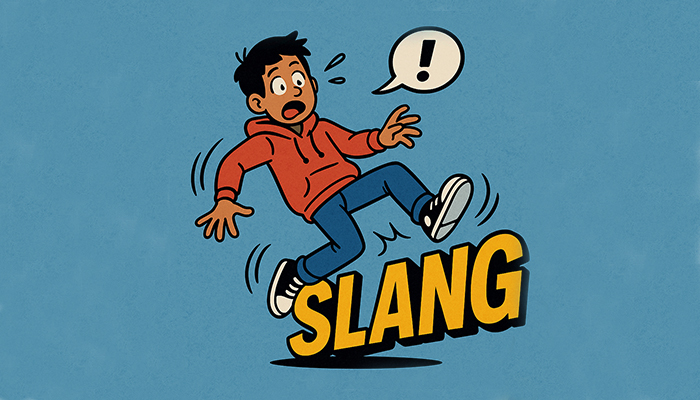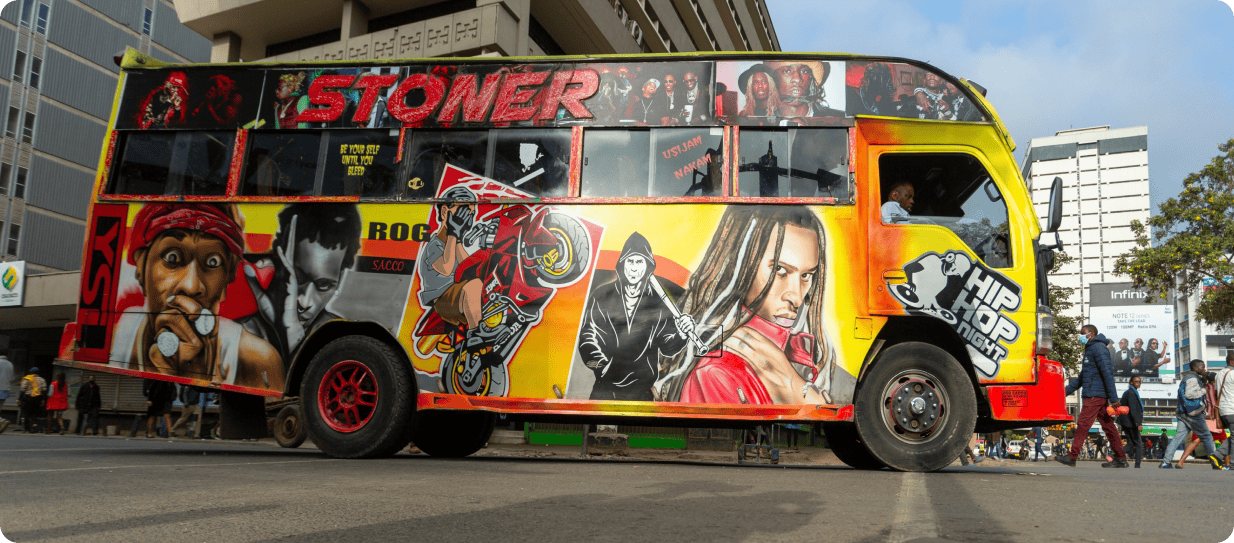Multilingual SEO: How to Rank Higher with Translated Content

Introduction: Why Multilingual SEO is Essential for Global Website Visibility
Let’s start with a simple truth: if your website isn’t optimised for multilingual search, you are throwing away potential traffic, customers, and revenue. Businesses often spend a fortune on translating their content, only to discover that their beautifully localised pages languish unseen in the murky depths of Google’s second page. Why? Because they ignored multilingual SEO. If search engines can’t understand your multilingual structure, neither can your potential customers.
This article will cut through the confusion and show you how to rank higher with properly optimised translated content.
What is Multilingual SEO?
Multilingual SEO isn’t just standard SEO in another language. It’s an intricate balancing act of linguistic adaptation, technical precision, and search engine diplomacy. It ensures your translated content is discoverable, contextually relevant, and correctly indexed in international markets.
Key differences between standard SEO and multilingual SEO:
- Standard SEO focuses on a single language and audience.
- Multilingual SEO requires adapting keyword research, URL structures, and metadata for multiple languages.
- Search engines must be guided to serve the right language to the right user, often through hreflang tags (more on that shortly).
The Role of Hreflang Tags in Multilingual SEO
Hreflang tags are the backbone of international SEO. Without them, search engines will serve the wrong language version of your site to users, potentially tanking your conversion rates.
Hreflang implementation guide:
- Identify all language and regional variations of your content.
- Add hreflang annotations to your site’s
<head>section, sitemap, or HTTP headers. - Use correct language-country codes (e.g.,
fr-frfor French in France,fr-cafor French in Canada). - Ensure a reciprocal relationship: every page referencing another version must also be referenced back.
(For a deep dive, see our [Hreflang Tags Explained] article.)
How to Optimise Translated Content for Search Engines
One of the gravest sins in website translation is directly translating SEO keywords. A term that ranks highly in English might be utterly useless in another language. For example, “best running shoes” might work well in English, but a literal translation into German or Chinese might miss local search intent entirely.
Key strategies:
- Conduct keyword research in each language, rather than translating keywords directly.
- Adapt metadata, headings, and image alt texts to match search trends in each target market.
- Ensure content readability—a grammatically correct but stilted translation won’t engage users.
Technical SEO for Multilingual Websites
Ignoring technical SEO will turn your multilingual website into a graveyard of good intentions.
Critical factors:
- Optimised URLs: Use country/language subdirectories (
/fr/,/es/) or ccTLDs (.fr,.de) rather than relying on automatic translation. - Structured data: Implement schema markup in the appropriate language for better search visibility.
- Mobile optimisation: International users often access content via mobile first. Google prioritises mobile-friendly sites, so don’t let your desktop-centric strategy sabotage your rankings.
Common Pitfalls in Multilingual SEO and How to Avoid Them
Let’s not pretend that multilingual SEO is easy. Even global brands make avoidable mistakes:
- Duplicate content issues: If search engines detect identical content across language versions, they might penalise your rankings. Use hreflang properly to differentiate versions.
- Mismatched keywords: Relying on direct translation instead of native keyword research results in irrelevant content.
- Wrong hreflang usage: Incorrect hreflang tags can confuse search engines, leading to the wrong pages ranking in search results.
Measuring SEO Success in International Markets
What gets measured gets improved. Tracking multilingual SEO performance requires more than just checking rankings.
Key performance indicators (KPIs) to monitor:
- Organic traffic per language version
- Bounce rates for translated pages (High bounce rates indicate poor translation quality or irrelevance.)
- Conversion rates by language (Are localised pages driving leads and sales?)
- Indexation rates (Ensure translated pages are being indexed correctly by Google.)
Conclusion: How Brightlines Ensures Your Translated Content Ranks Globally
Multilingual SEO is not an afterthought—it’s a critical factor in the success of your global website strategy. By implementing proper hreflang tags, keyword localisation, and technical SEO best practices, you can ensure that your translated content doesn’t just exist but actually ranks, converts, and grows your business.
At Brightlines, we don’t just translate content; we optimise it for search engines and users alike. Our expert linguists and SEO specialists ensure that every page we localise is primed for international success.
Want to ensure your website ranks worldwide? Contact Brightlines today.
Internal Links:
- [Hreflang Tags Explained]
- [Top 10 Challenges in Website Translation]
- [The Best Translation-Friendly CMS Platforms for Multilingual Websites]






